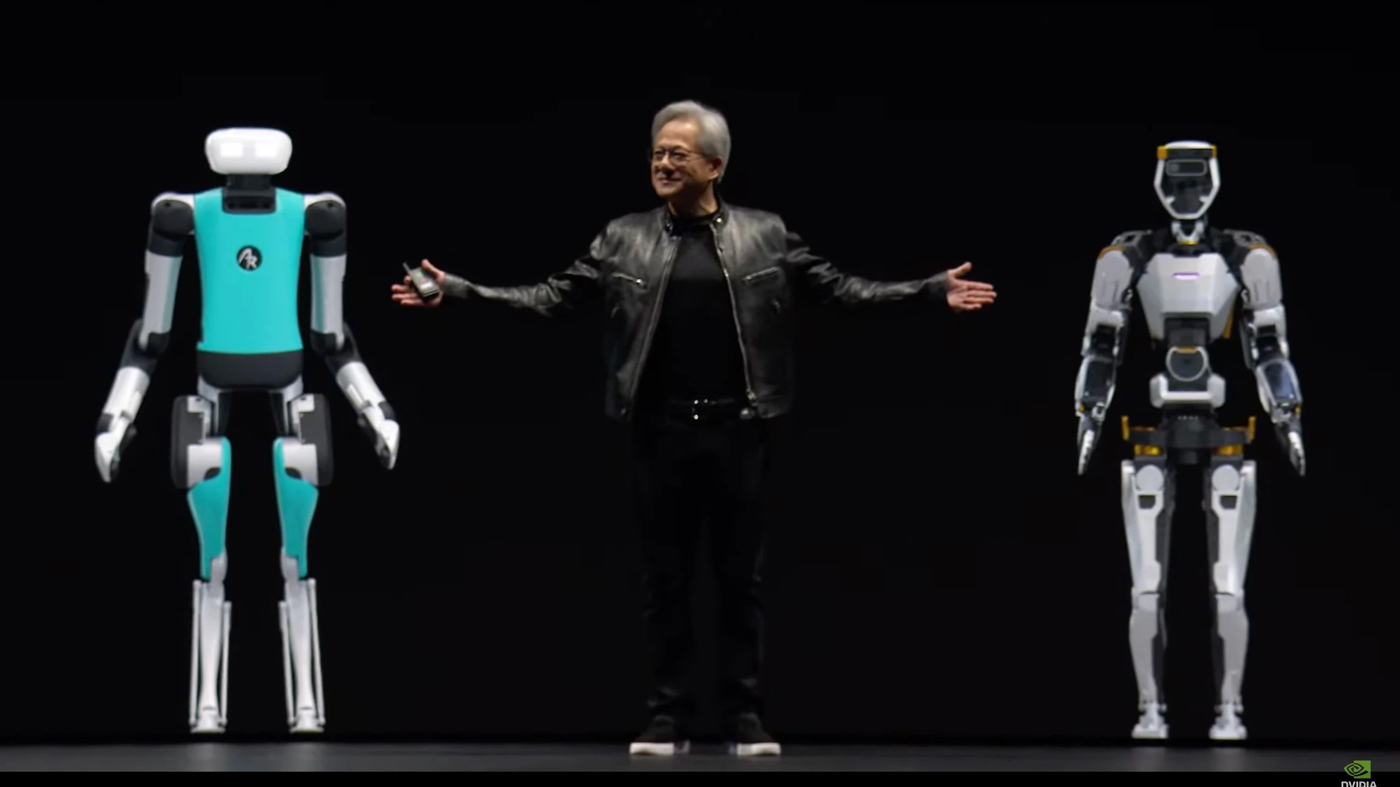Japan created Biohybrid Robot that uses real muscle tissue
The world of robotics took a fascinating step towards the future this week with the unveiling of a biohybrid robot developed by researchers at the University of Tokyo. This tiny, two-legged marvel isn’t your average machine; it utilizes real, lab-grown muscle tissue to power its movements, marking a significant departure from traditional robotic design.
This innovation, detailed in the journal Matter, is more than just a scientific curiosity. By bridging the gap between biology and technology, biohybrid robots like this one offer the potential for more lifelike and efficient machines. The Tokyo team’s creation, while only 3 centimeters tall, can walk and even turn underwater, mimicking human gait thanks to its bio-powered legs.
The robot’s legs comprise 3D-printed parts, rubber, and strips of cultured rat muscle tissue. By applying electrical pulses to the muscles, the researchers can induce contractions, causing the robot to lift its legs and take steps. This biomimetic approach, inspired by the human nervous system, offers several advantages over conventional motors. Muscles are lighter and more energy-efficient, potentially paving the way for robots that can move for longer periods without needing frequent recharging.
However, it’s important to remember that this is just the first step in a long journey. The current robot is slow, moving at a mere 5.4 millimeters per minute, and can only function underwater due to the delicate nature of its living components. Researchers are exploring ways to overcome these limitations, such as developing artificial nutrients to sustain the muscle tissue outside water and creating more sophisticated control systems.
The ethical implications of using living tissue in robots also warrant discussion. Concerns regarding animal welfare, the definition of life, and the potential for unintended consequences need to be addressed as this technology progresses. Establishing clear ethical guidelines and regulations will be crucial to ensure responsible development and application.
Despite these challenges, the potential applications of biohybrid robots are vast. Imagine search and rescue robots navigating disaster zones with agility and dexterity, or prosthetic limbs that seamlessly integrate with the human body. Future advancements could even lead to robots capable of interacting with biological systems at a cellular level, opening doors to revolutionary medical treatments and breakthroughs.
While the Tokyo team’s tiny robot may seem insignificant at first glance, its first steps represent a giant leap for robotics. By integrating living tissue into machine design, researchers are opening a new chapter in our relationship with technology. As we move forward, navigating the ethical complexities and overcoming technical hurdles, the possibilities for biohybrid robots remain tantalizing, promising to blur the lines between biology and robotics in ways we can only begin to imagine.





